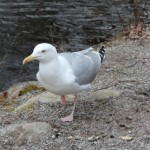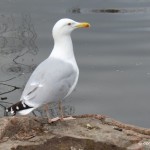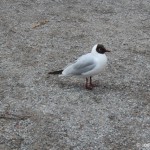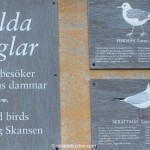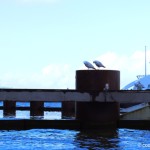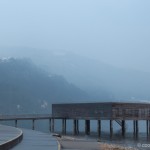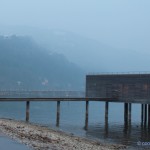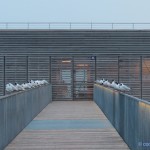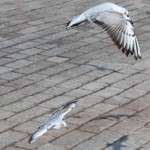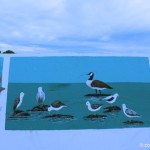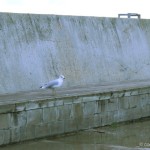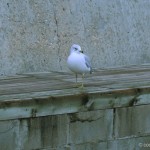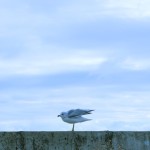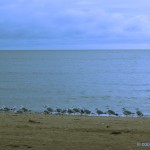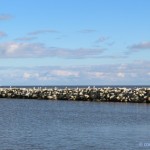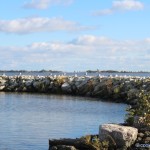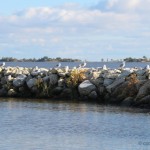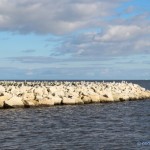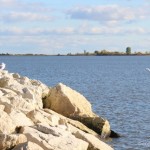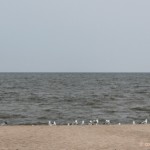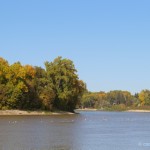Gulls
Gulls enliven so many scenes of memory, their distinctive squawking calls and wails summoning images of favourite haunts and gorgeous shorelines, whether along freshwater lakes or at the edges where sand and rocks meet the salty foam waves of the sea. Because I have frequently visited one shore or the other of Lake Winnipeg, my chief memories are of gulls congregating in their large family colonies, floating just off the shore of the long stretches of white sand at Grand Beach on the east or in the many cottage towns along the west shore. On cloudy days, when the beaches are less populated, the birds like to walk undisturbed along the shoreline, looking for scraps of whatever catches their interest.
The diets of gulls are not restricted to any one food type, which gives them great adaptability. It’s not at all uncommon to see them pacing around the parking lots of the fast food restaurants in town, near some river or other body of water. They are certainly at home in modern urban settings. You will likely have seen them perched atop some railings, or lined up in a row along a pier, waddling in their flocks along the beaches, swooping down for scraps in a garbage dump, or soaring, effortlessly it seems, in the air like that beloved gull of literature, Jonathan Livingston Seagull. What a dull summer day it would be without the sounds and sights of these noisy, interesting, and beautiful creatures.
There are about 50 species of gulls around the world, each region having its own familiar type. They are equipped to drink both salt and fresh water, which gives them wide choices of breeding terrain and habitat. In Manitoba, where I live, there is a high probability of spotting the Ross gull, which breeds here.
Gulls are described by many sources as being “smart” birds. I happen to think this is true of a great number of creatures; that they have capacity to learn and share information with one another. When we discover the means by which they do so, we decide they are smart, whatever that means in animal terms where communication modes differ so vastly from ours. Gulls exhibit and pass along learned behaviours. Their various strategies have been captured on video, and there is a link below to a delightful National Geographic video showing how they drop shells from on high to crack them open on rocks below, doing this repeatedly until they succeed. Another of the “tricks” they evidently use as a group is to stamp their little webbed feet in such a way that it sounds like it is raining, drawing earthworms to the surface for an easy meal. That is, indeed, a clever thing to do.
In the lake lands throughout the northern boreal forests, the gulls have a fierce enemy in eagles. Gulls are not shy about helping themselves to the carcass of a fish caught by an eagle, or the filleted remains left ashore by some travelling campers. Eagles are territorial and protective of food sources in their domain, and there is constant tension between these two birds. My husband, returned from a canoe trip in the Quetico region of Ontario in September, captured photographs of a gruesome battle where the eagle came out victorious, beheaded its victim, then abandoned the gull’s corpse.
In its breeding habits, the gull behaves in a similar manner to the Canada Goose, forming a pair-bond with a single partner. Rearing of young is done in an organized manner, with adult males assigned responsibility for groups of adolescent birds, teaching skills and keeping the youngsters together in flocks until they are old enough to breed. This brings to mind some of the cooperative social structures of other families in the animal kingdom.
Gulls, part of the bird family Laridae, are found throughout the world. In the Cookie Buxton photo gallery, for example, are shots I took of these birds perched along railings in a serene setting along a lakeshore restaurant in Austria, perched on a railing in Amsterdam, and close-ups in Sweden. There are images of birds along Manitoba’s Red River in autumn, and along the shores of beautiful Lake Winnipeg, one of Canada’s largest freshwater lakes.
If you are interested in learning more about the gull family, there are ample resources online:
Bird Canada
National Geographic video of seagulls dropping shells to open them
About Birding
There’s a delightful sneaky gull in the news video here: http://www.petstorytime.com/Smart-Seagull-stealing-Doritos
Photos and Text: NK
Photo locations: Austria, Netherlands, Sweden, Canada
Feature photo location: Gulls on Restaurant Railing on Lake Konstanz, Austria (2013)
Copyright: NK/cookiebuxton.com
Photo Gallery
Click on any photograph to enlarge the image, then click on that image to advance through the series.

